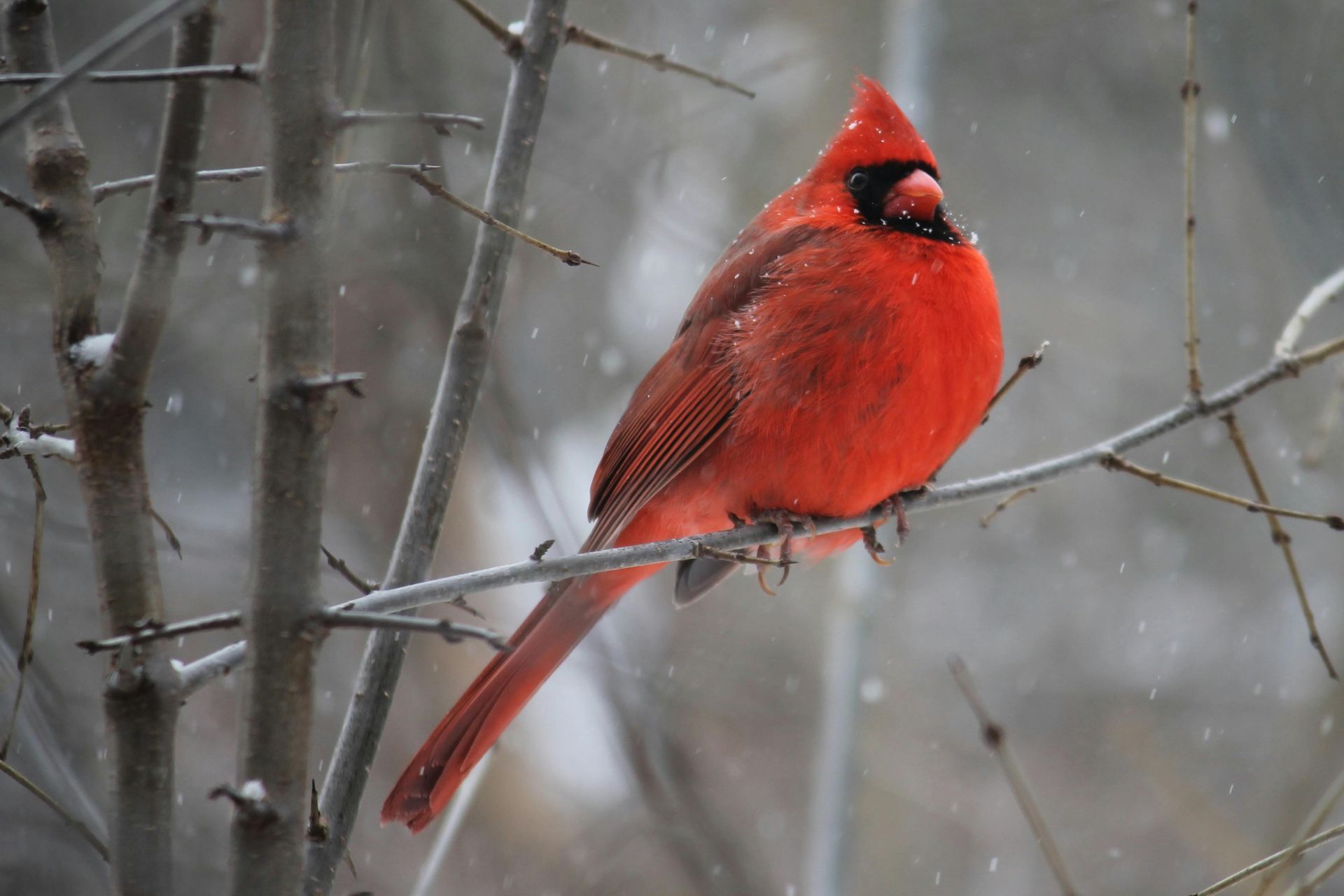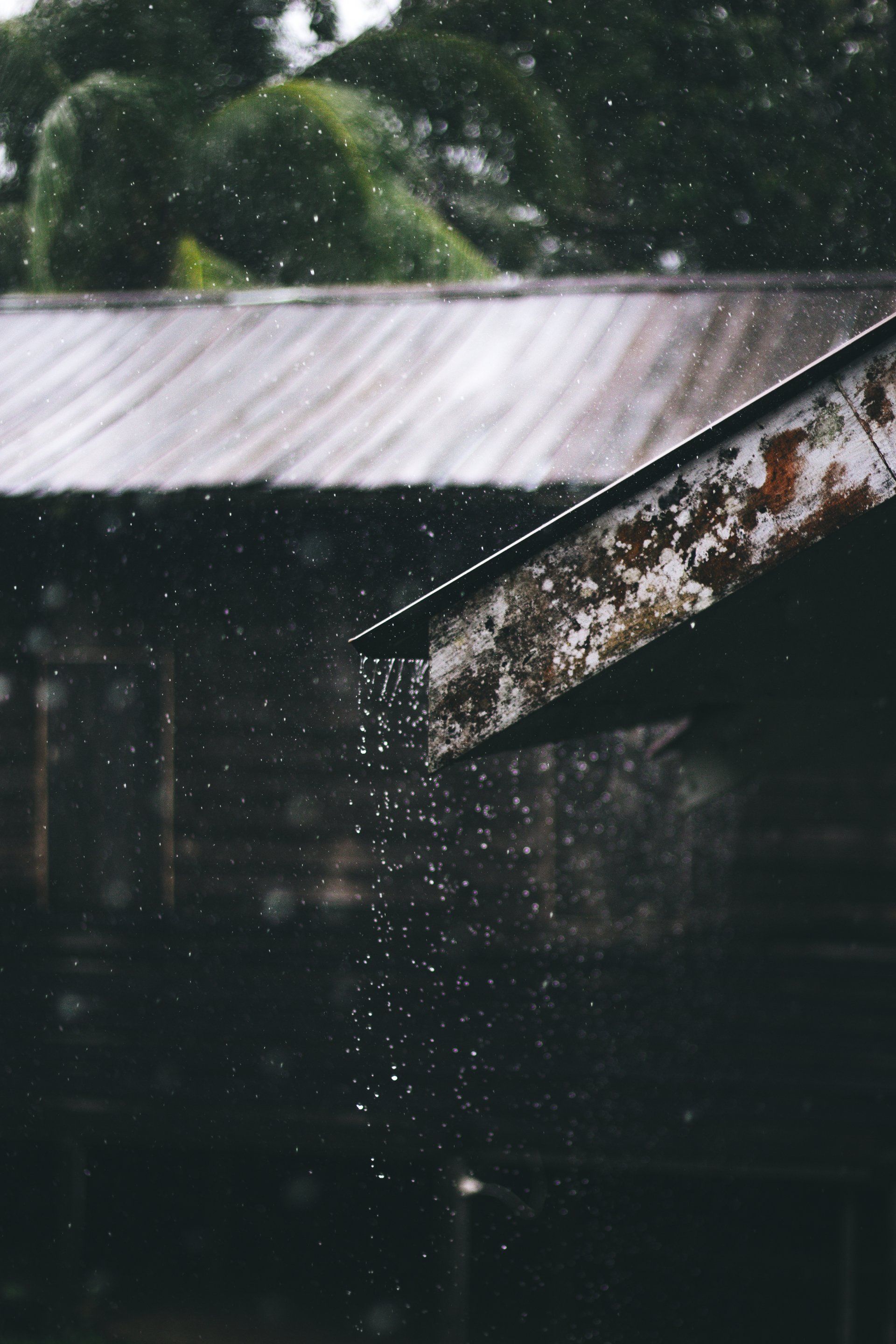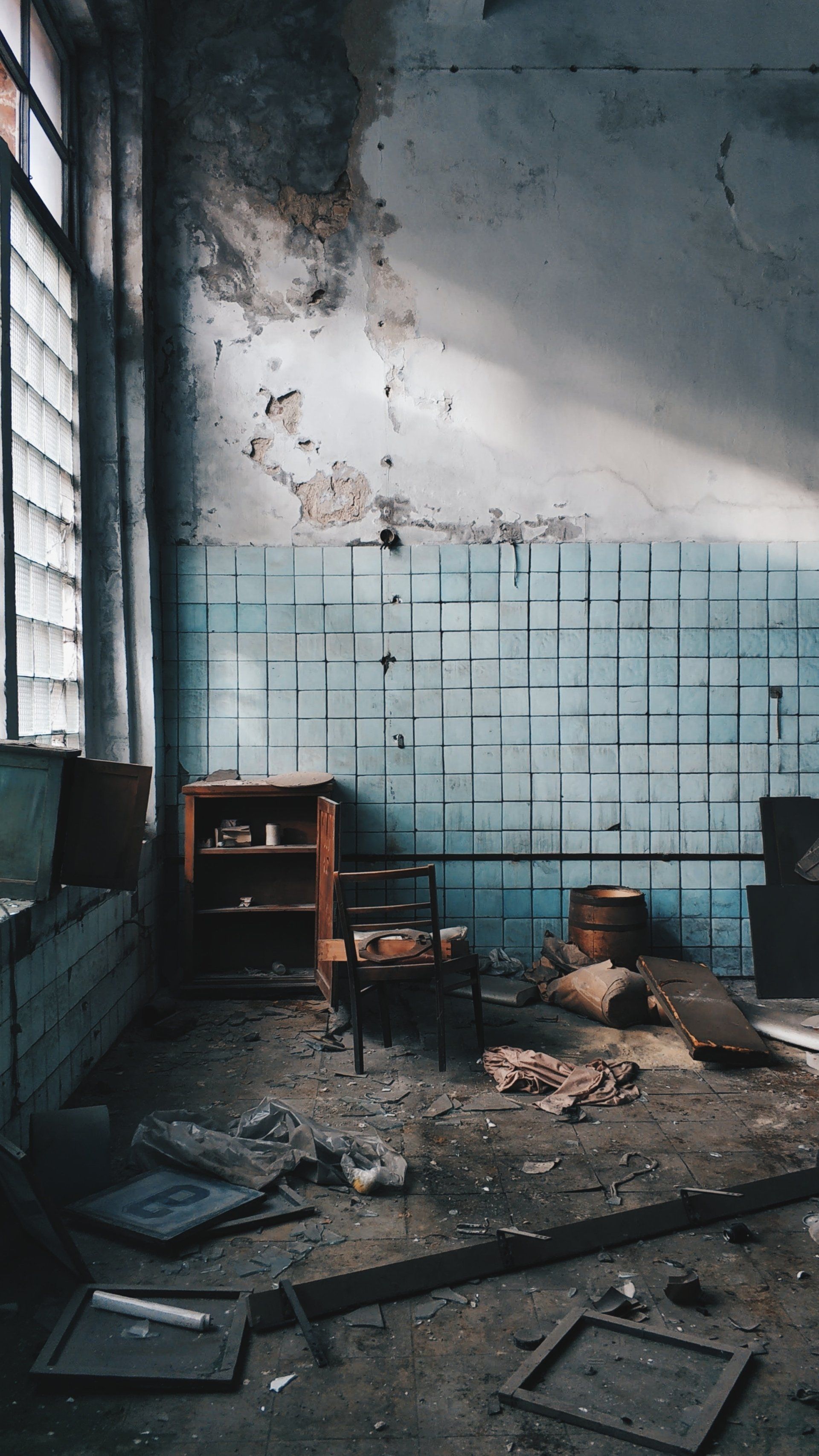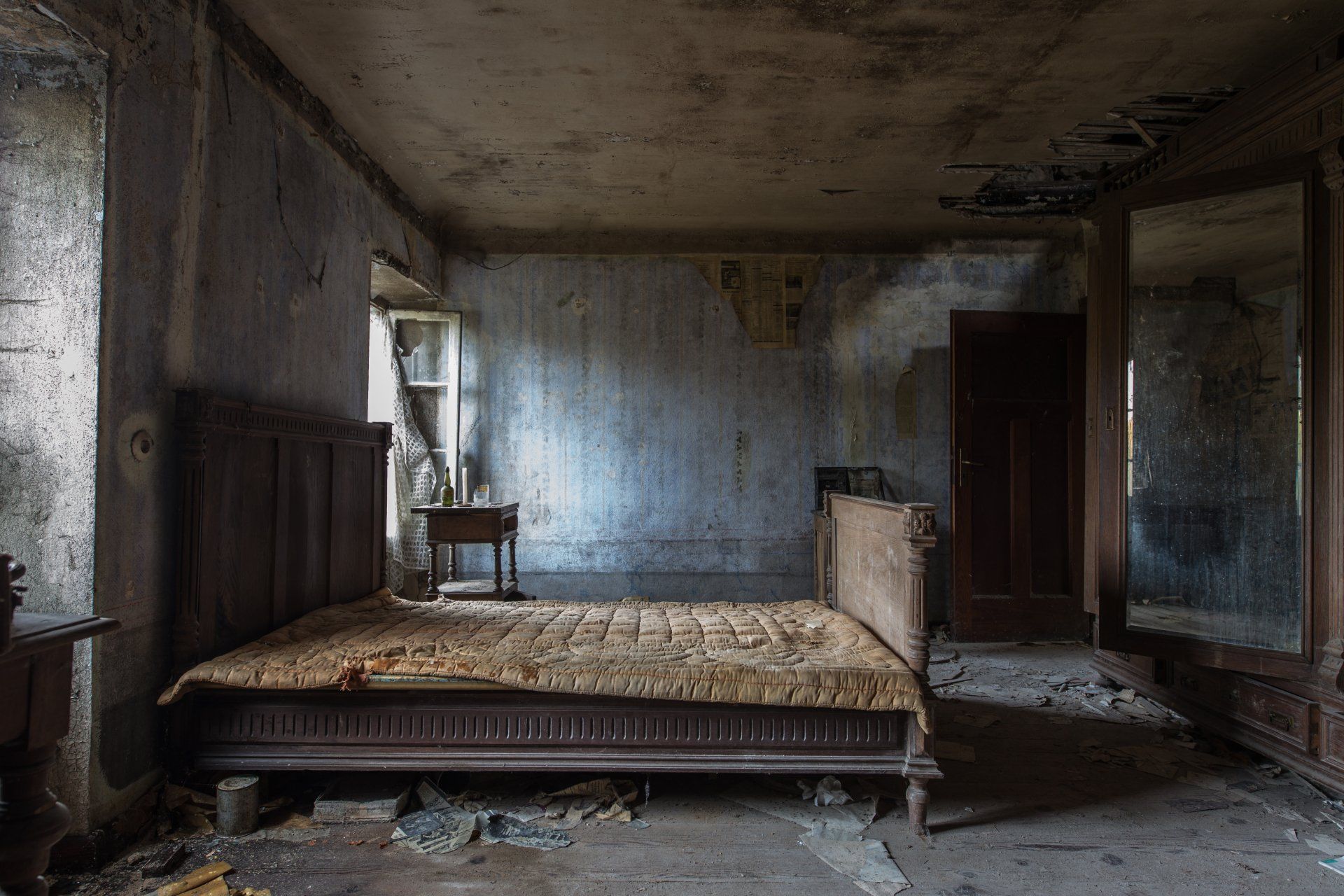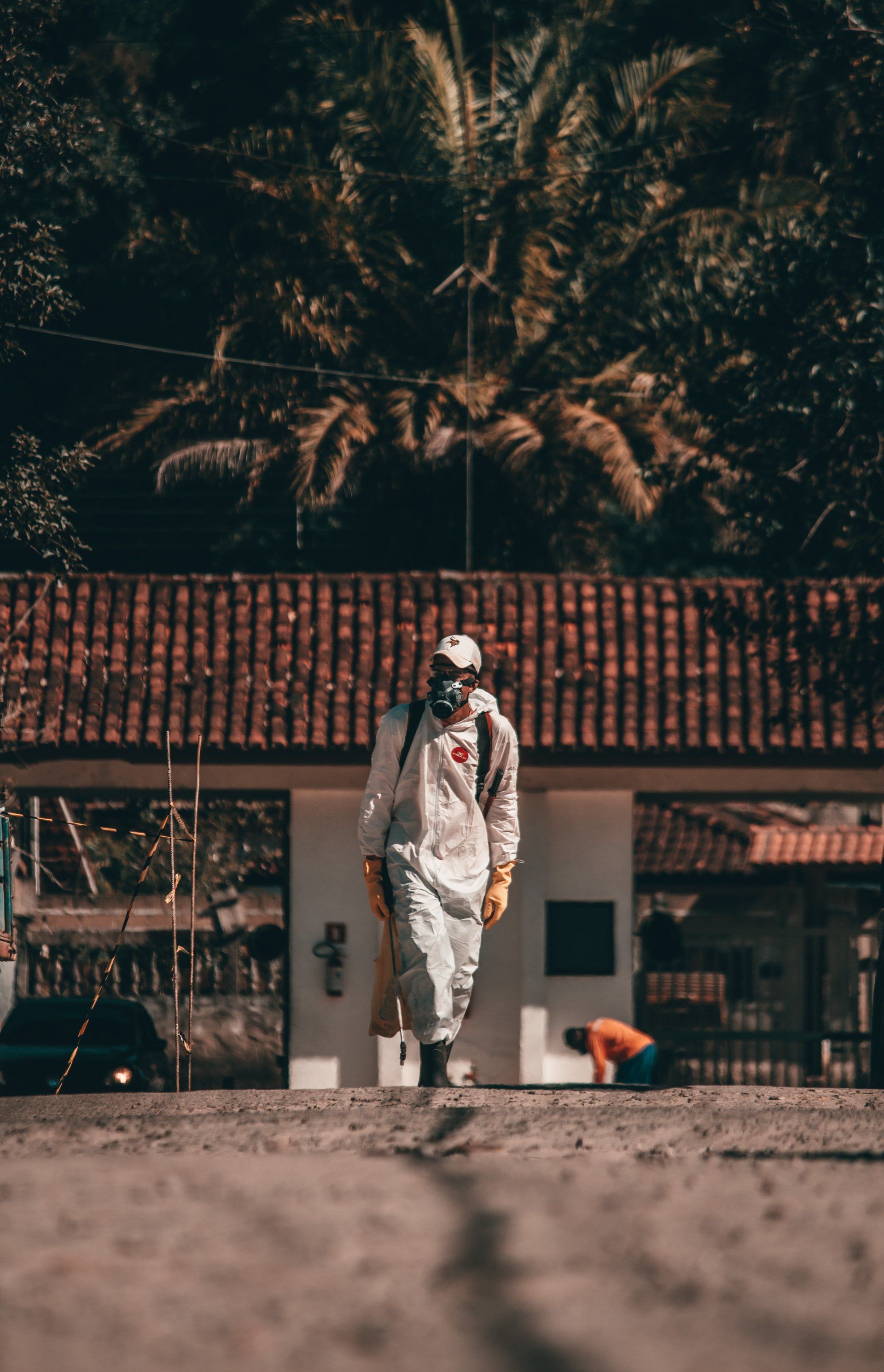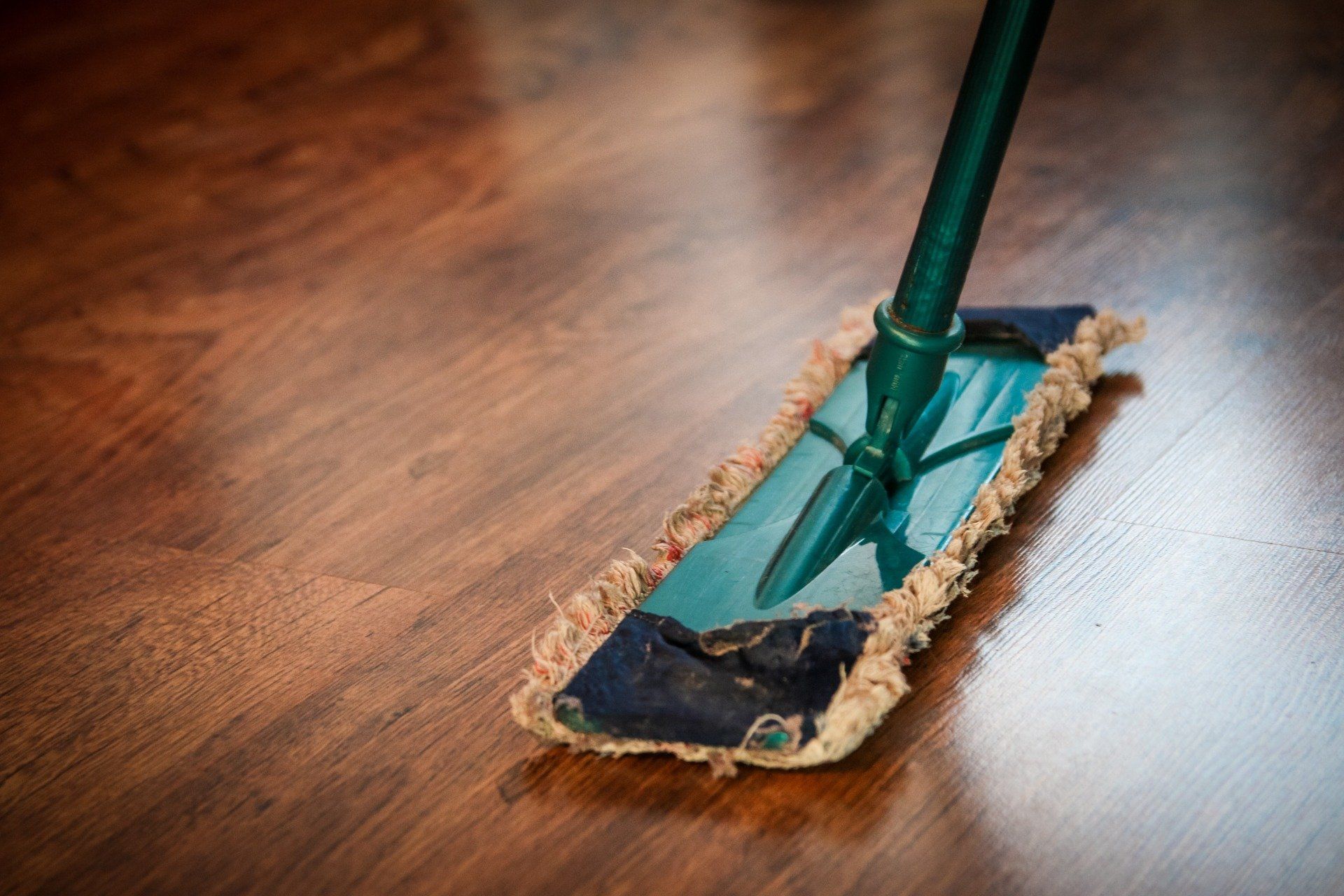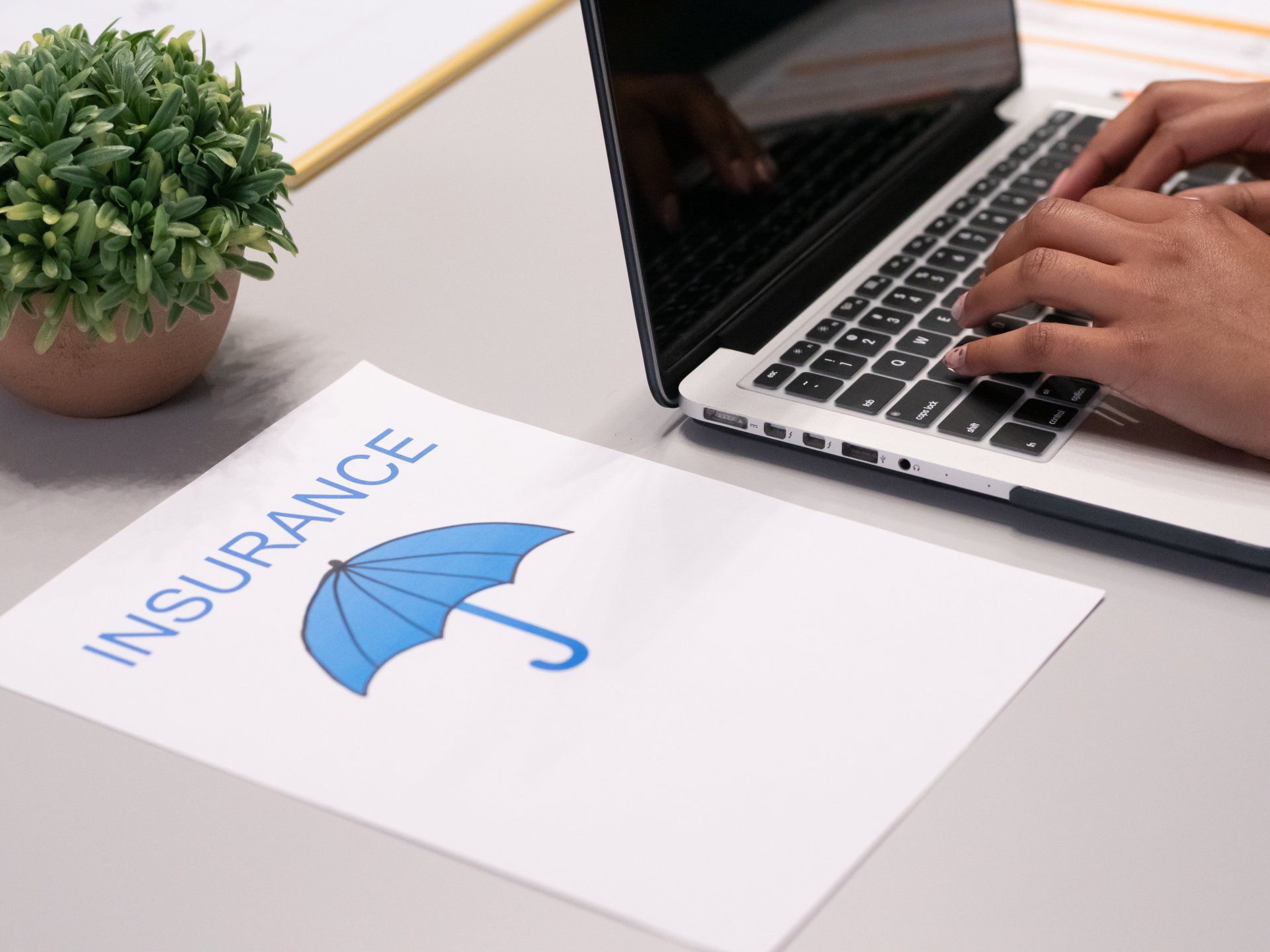How To Identify Mold In Your Home
Mold is a common household problem that can have serious health implications if left unchecked. From musty odors to unsightly stains, the signs of mold infestation can vary, but early detection is key to preventing further damage and protecting your health. In this guide, we'll explore how to identify mold in your home and what steps you can take to address it.
Mold is a type of fungus that thrives in damp, humid environments. It can grow on virtually any surface, including walls, ceilings, floors, and even furniture. Mold reproduces by releasing spores into the air, which can spread throughout your home and cause respiratory issues, allergies, and other health problems if inhaled.
Common Signs of Mold
- Visible Mold Growth: The most obvious sign of mold in your home is visible mold growth on surfaces. Mold may appear as black, green, or brown spots or patches on walls, ceilings, or other surfaces. Pay close attention to areas that are prone to moisture, such as bathrooms, kitchens, and basements.
- Musty Odors: Mold often produces a musty or earthy odor that is difficult to ignore. If you notice a persistent musty smell in your home, particularly in areas with poor ventilation or high humidity, it could be a sign of hidden mold growth.
- Water Damage: Water damage, such as water stains or discoloration on walls or ceilings, can provide an ideal breeding ground for mold. Keep an eye out for signs of water intrusion, such as peeling paint, bubbling wallpaper, or warped wood.
- Consider Hiring a Professional: If you suspect mold but are unable to locate it yourself, consider hiring a professional mold inspector to conduct a thorough assessment of your home.
- Allergic Reactions: If you or your family members experience unexplained allergic symptoms, such as sneezing, coughing, or itchy eyes, it could be a sign of mold exposure. Mold spores can trigger allergic reactions in sensitive individuals, even if mold growth is not visible.
Identifying mold in your home is the first step toward addressing the problem and preventing further damage. By knowing the common signs of mold infestation and taking proactive measures to inspect your home, you can protect your property and your health from the harmful effects of mold. If you suspect mold in your home, don't hesitate to take action—early detection and remediation are key to ensuring a safe and healthy living environment for you and your family.
